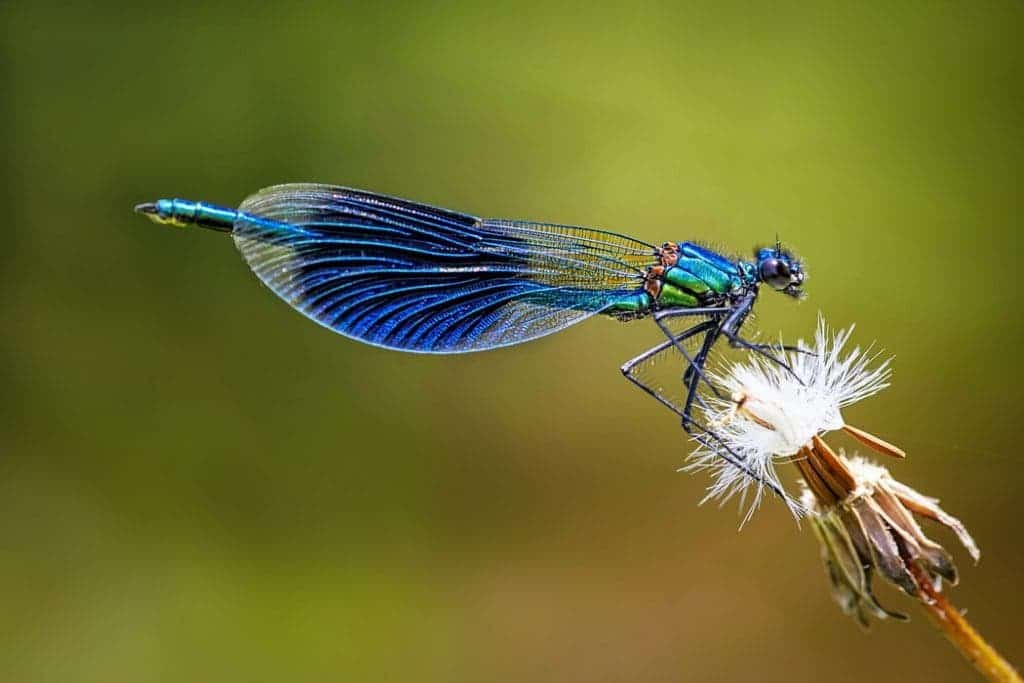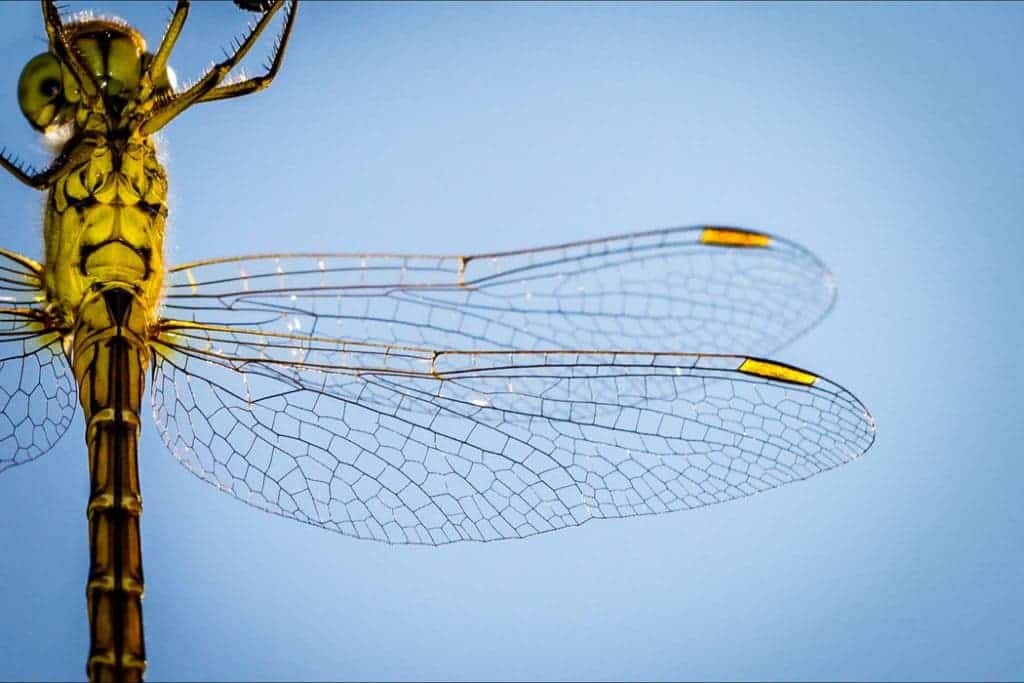The males of dragonflies, like those of many other species, go to great lengths to draw potential mates. In the case of dragonflies, the males developed patches of dark pigment on their wings. Researchers have found that the hotter it gets, the more likely it is for the dragonflies to lose their colorful patches — and climate change could be making dragonfly males less and less attractive.

Michael Moore and colleagues at Washington University in St. Louis analyzed hundreds of thousands of dragonfly records uploaded to the iNaturalist community science platform. Overall, researchers looked at 319 North American species and compared them to the animals’ home climates. They found that the hotter the climate was, the more likely it was for the patches to fade away. Conversely, dragonflies in cooler climates often had darker and more elaborate patches.
“Our study shows that the wing pigmentation of dragonfly males evolves so consistently in response to the climate that it’s among the most predictable evolutionary responses ever observed for a mating-related trait,” said Moore, who is a postdoctoral fellow with the Living Earth Collaborative at Washington University.
“This work reveals that mating-related traits can be just as important to how organisms adapt to their climates as survival-related traits,” he said.
As it so often happens in nature, reproduction-related traits come at a cost. In this case, the dark patches can heat up the dragonflies by as much as 2 degrees Celsius (3.5 Fahrenheit), because darker colors absorb more solar energy. So in places that are already hot, maintaining the dark patches becomes harder and harder. As climate change continues to kick in and temperatures continue to rise, researchers expect the patches to progressively grow smaller.
“Given that our planet is expected to continue warming, our results suggest that dragonfly males may eventually need to adapt to global climate change by evolving less wing coloration,” Moore said.

Intriguingly, females don’t seem to undergo the same change. Females can also have colorful patches, but these don’t seem to get smaller in hotter climates. This potentially spells even more problems down the line, because it suggests that climate change won’t just make males less attractive, but it could make females unable to recognize males of their own species, potentially even causing them to mate with the wrong species.
“Unlike the males, dragonfly females are not showing any major shifts in how their wing coloration is changing with the current climate. We don’t yet know why males and females are so different, but this does show that we shouldn’t assume that the sexes will adapt to climate change in the same way,” Moore said.
The findings showcase the sometimes unexpected challenges that creatures face as the planet’s climate continues to heat up. Even dragonflies, the most efficient predators of the animal kingdom, aren’t spared of the effects — no creature is.
The study was published in the journal Proceedings of the National Academy of Sciences






